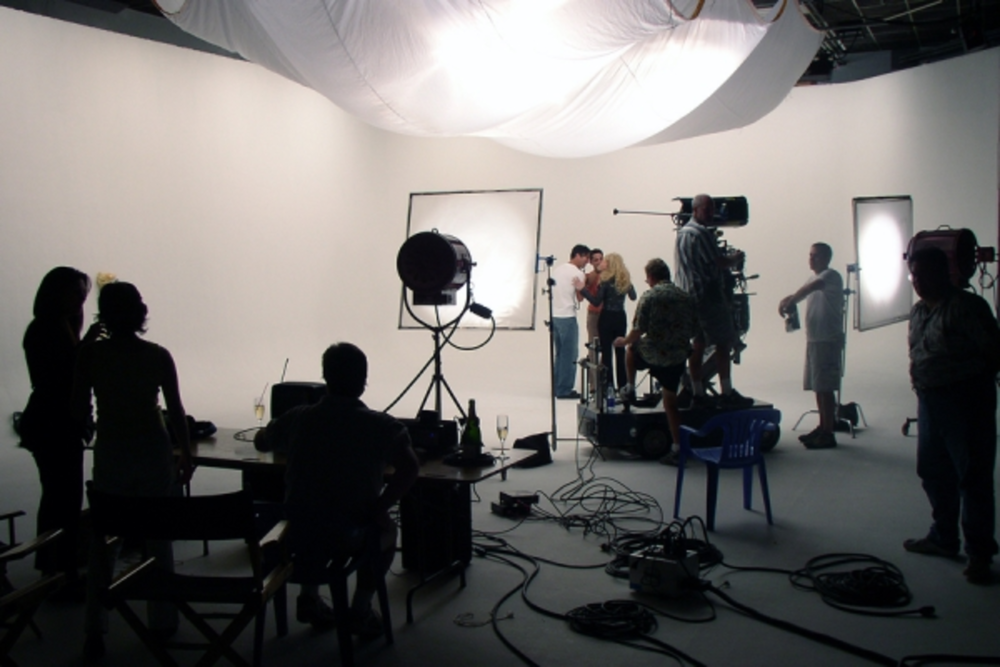Mark Zuckerberg’s recent live video chat, and other comments from senior executives have solidified the notion that Facebook expects the output of video to increase dramatically. Publishers are increasing their video capabilities, and brands are trying to keep up.
But producing video alone is only half the battle. How do you ensure your content will perform well? From conceptualization, through pre and post-production, here you’ll find eight tips for producing and shooting quality video content in house.
Give audiences a reason to watch your video
What do you intend to do for your viewers? Educate them? Entertain them, or make them laugh? Make them think?
People watch videos for a number of reasons, but the most views and highest engagement go to the videos with a clear value proposition for the viewers. This is true of branded videos as well. The video has to strive for more than to self-serve.
Don’t skimp on audio
It’s far easier to forgive poor image quality than poor sound. Viewers need to hear you, and it’s virtually impossible to ensure that with in-camera audio—the sound recorded internally by your video device.
If you spend money on nothing else, invest in a good audio recording device (with XLR inputs), and a solid shotgun or lavalier microphone (or both). In-camera audio should really only serve as a reference for syncing sound with the video during post production.
Shoot in HD
The capabilities of many top of the line video cameras will usually exceed the production requirements of the vast majority of brands that venture into video content, so investing in one is often overkill. What is required though, is standard 1080p high definition footage.
In an age where smartphones capable of shooting 4K video are the norm, consistently delivering HD video isn’t really a big ask.
Know your camera
Whether it’s a phone, a point-and-shoot, or a high end DSLR camcorder, you’ll want to know the limits of your camera. Spend a few hours brushing up on the relationship between shutter speed, aperture, and ISO, and the levels to which you can manipulate the three on your device.
Lighting
In order to keep your videos from looking like a murky, grainy mess, here are three words (and a hyphen) to live by: three-point lighting.
Three-point lighting is a fairly standard lighting technique that filmmakers and photographers use to ensure the subjects in a shot are detailed and well lit. The technique focuses on three types of light: backlight, the illumination of the background of a shot; key light, which lights the foreground (where the subject normally resides); and fill light, a softer light that serves to fill in shadows.
Edit on a powerful machine
Video editing is some of the most taxing work your computer will do, short of high end competitive gaming. It’s imperative that your machine have the appropriate hardware for the job.
It’s pretty easy to get deep in the weeds on computer specifications, but in the most general terms you’ll need the following: an updated operating system (Windows XP won’t cut it); lots of fast ram (at least 16 gigs, preferably 1600mHz at 10 or less CAS latency); a solid dedicated graphics card, and a monitor with high pixel density and clean colors; and a beast of a CPU.
Use key frames
Most major video editing platforms allow for the use of key framing—the process of applying incremental change to a clip (think animation, or pans and zooms), and controlling the progress of that change over an interval.
Key frames can be a bit intimidating initially, but are essential to creating dynamic visual content, and well worth a few hours of study.
Color correct
Cameras have a bad habit of producing inaccurate colors, especially skin tones. It’s good practice to make a color correction pass on your completed video project. If you have the option of shooting raw files, doing so will grant unparalleled editing leeway in post.
Finally, make sure you white balance according to the light you’re using. You can use a sheet of plain white paper to help your camera determine what temperature the whites in your shot should be.
This is a crucial step because, while you can always correct in post, the goal should be to minimize post production work wherever possible.








